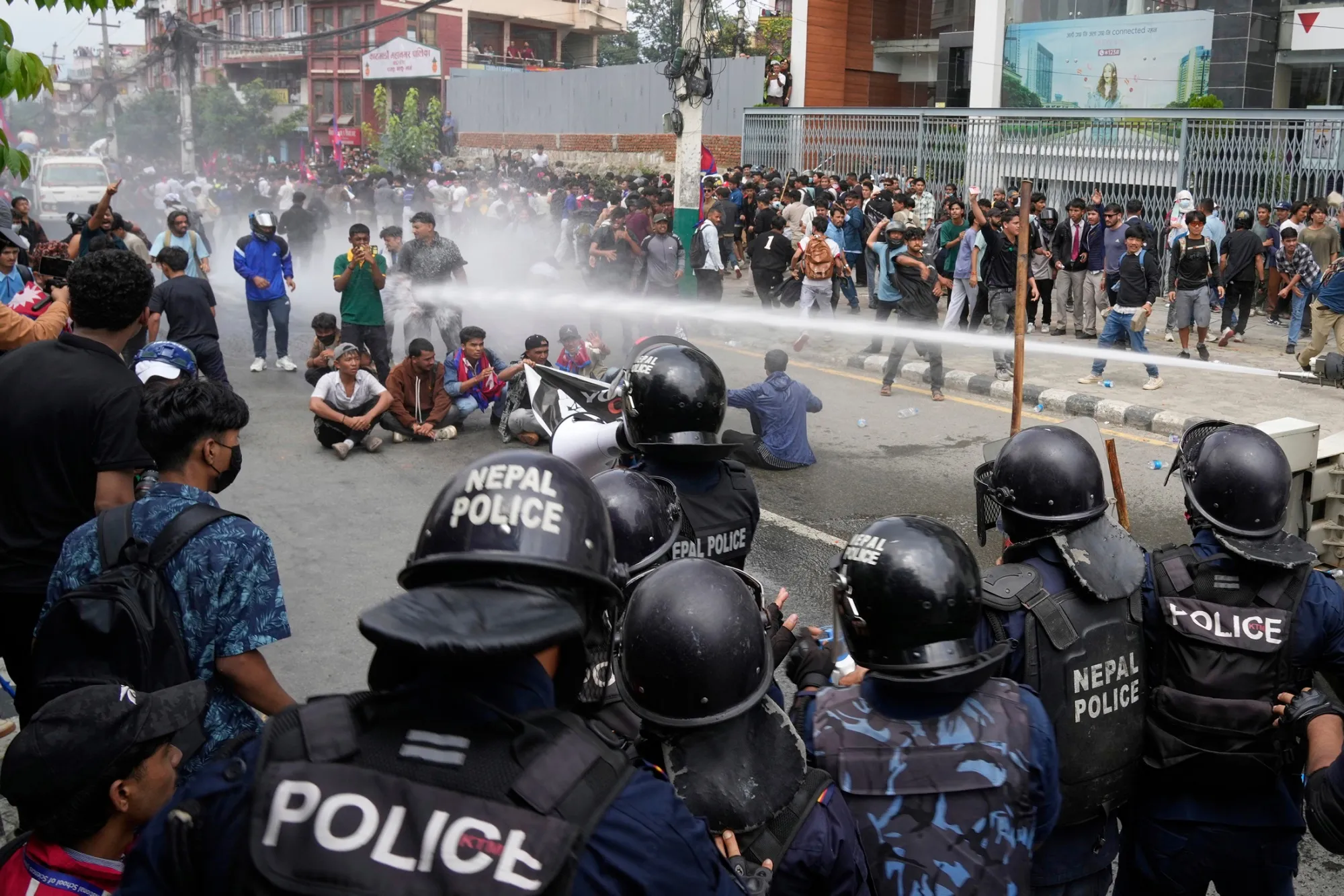Nepal has witnessed one of the most dramatic political and social shifts in recent years, led not by politicians, but by its young generation. The movement that began in early September was sparked by a sweeping social media ban but quickly transformed into a historic uprising that shook the government, exposed corruption, and redefined the role of youth in democracy.
The Spark of Discontent
The government’s decision to block more than two dozen social media platforms, including global giants like Facebook, Instagram, YouTube, and WhatsApp, triggered outrage across the country. Officials argued that the restrictions were meant to curb misinformation and protect national
sovereignty, but to millions of young Nepalese, the ban represented an attack on freedom of expression, commerce, and connectivity.
In today’s world, social media is not just a place for entertainment—it is a marketplace, a platform for education, a networking tool, and a voice for the voiceless. Cutting off this lifeline was seen as a move to silence dissent and control the narrative. For the digital-savvy Gen-Z, this was unacceptable.
The Rise of Gen-Z Protesters
Young Nepalese, many of them students, quickly organized themselves both online and offline. What began as small demonstrations soon evolved into mass gatherings across Kathmandu and other major cities. Dressed in school uniforms, chanting slogans, and carrying banners, they marched peacefully, calling for accountability, transparency, and the restoration of digital freedom.
This generation, often labeled as “apathetic” or “too digital,” surprised the entire nation. They were not aligned with political parties, nor did they follow traditional protest strategies. Instead, they used creativity, technology, and sheer determination to amplify their voices. They exposed elite privileges and corruption, raising slogans against a system that had long ignored them.
Clashes and Sacrifice
As the movement grew, tensions escalated. Authorities attempted to suppress the protests through curfews, arrests, and heavy police action. Tear gas, rubber bullets, and water cannons were deployed in the streets of Kathmandu. Tragically, the confrontation turned violent, leading to multiple deaths and injuries. These losses, however, only strengthened the resolve of the youth.
The faces of schoolchildren and university students standing against armored police became symbols of courage. Their message was clear: Nepal’s new generation was no longer willing to remain silent in the face of injustice.
Clashes and Sacrifice
As the movement grew, tensions escalated. Authorities attempted to suppress the protests through curfews, arrests, and heavy police action. Tear gas, rubber bullets, and water cannons were deployed in the streets of Kathmandu. Tragically, the confrontation turned violent, leading to multiple deaths and injuries. These losses, however, only strengthened the resolve of the youth.
The faces of schoolchildren and university students standing against armored police became symbols of courage. Their message was clear: Nepal’s new generation was no longer willing to remain silent in the face of injustice.
A New Chapter for Nepal
The events of September 2025 will be remembered as a turning point in Nepal’s history. For the first time in decades, the country’s youth proved that they are not just passive observers of politics but powerful agents of change. They showed that when pushed to the edge, a generation connected by technology can mobilize faster and stronger than any traditional system.
The Gen-Z uprising is more than just a protest; it is a reminder that the future of Nepal lies in the hands of its young citizens. Their fight for justice, equality, and freedom has inspired not only their nation but the entire region. Nepal is entering a new era—one where the voice of the youth can no longer be ignored.





No comments:
Post a Comment